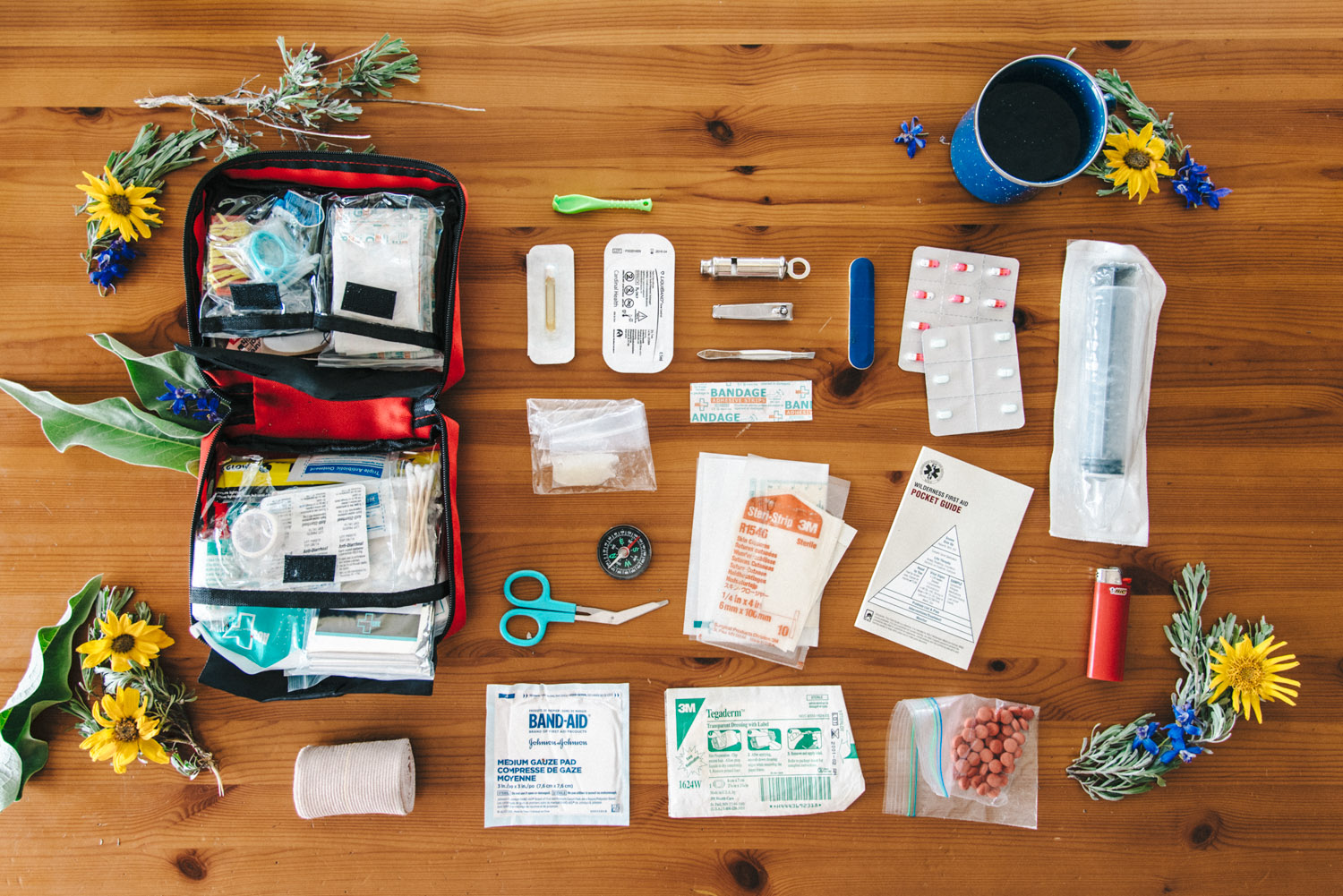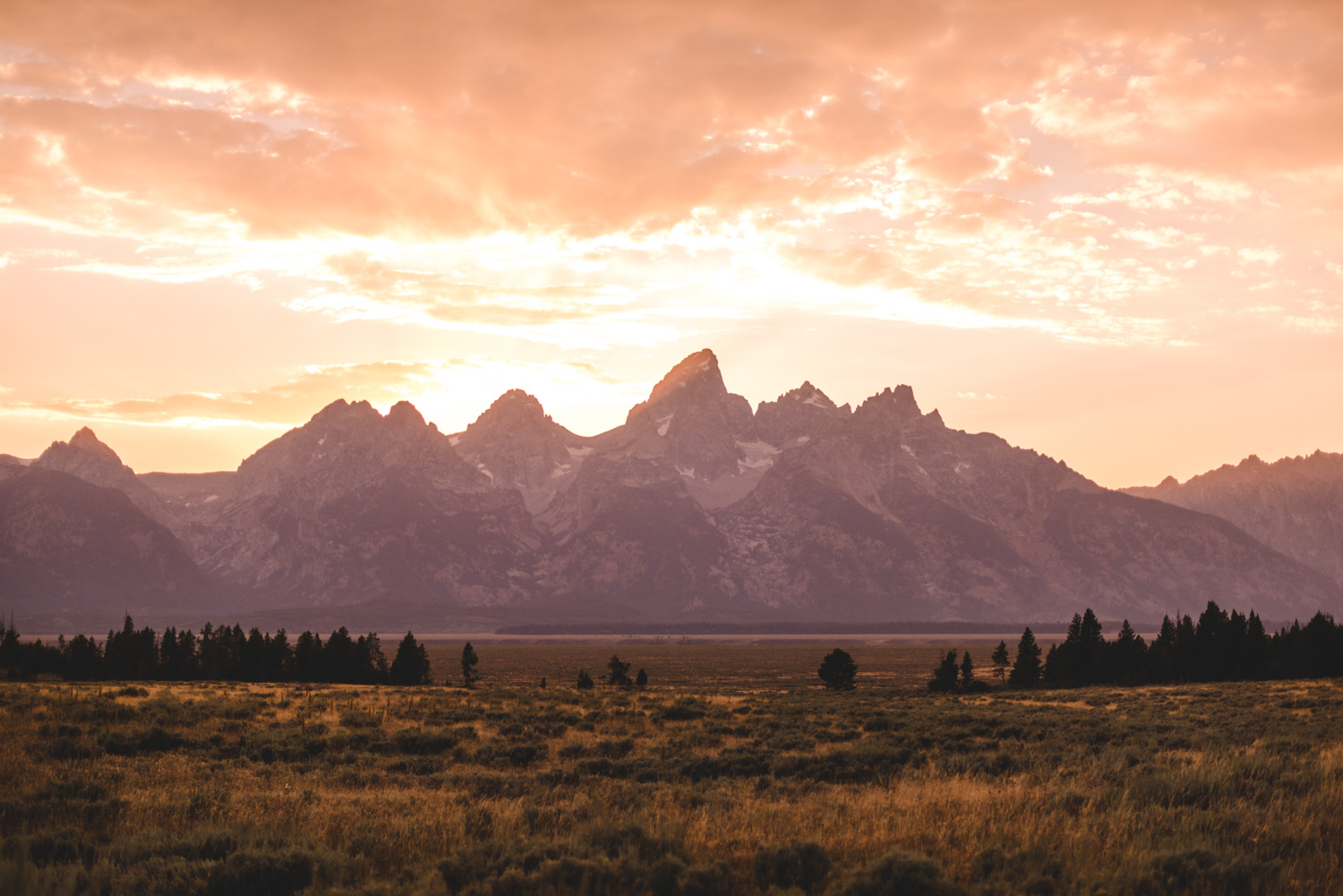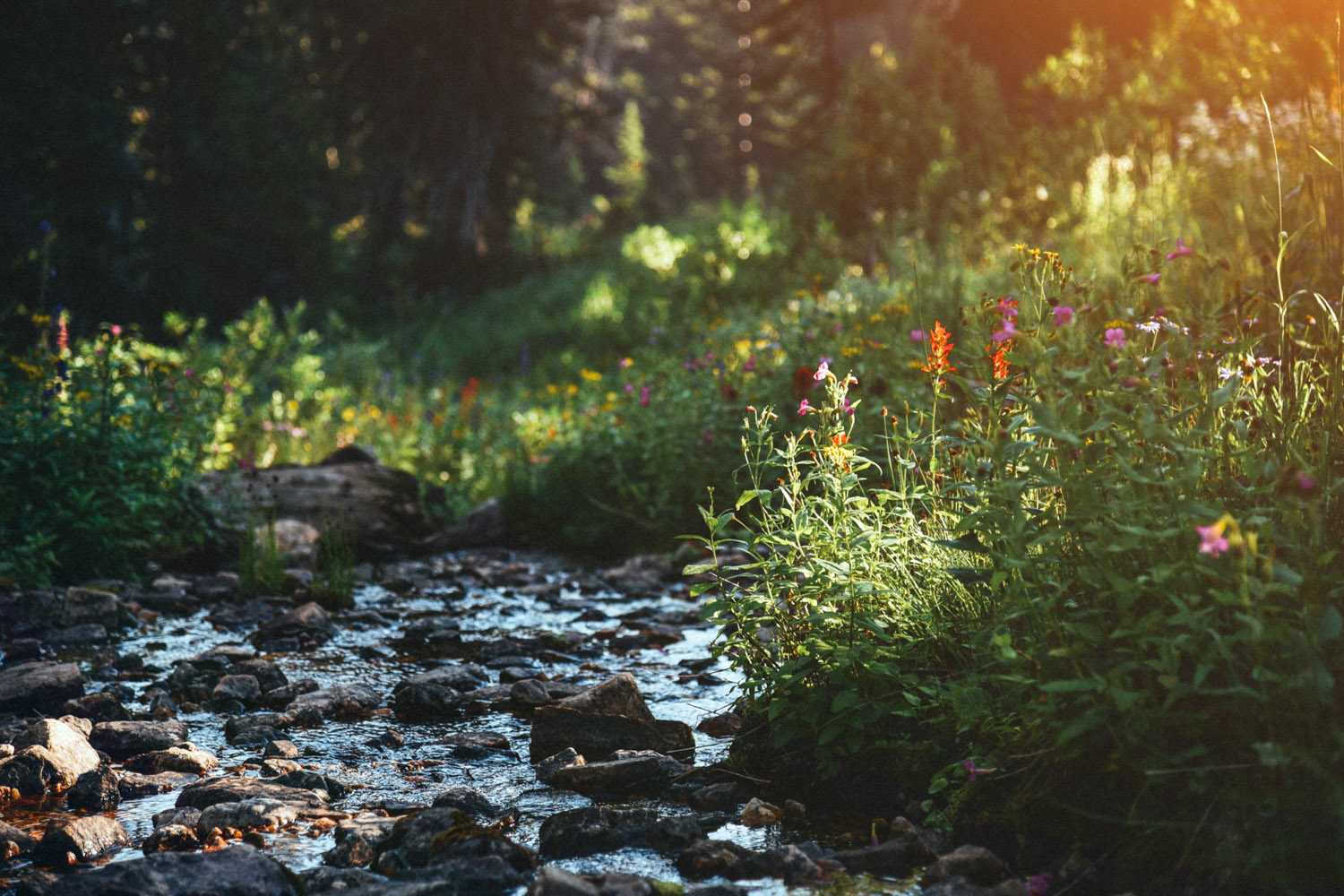Wilderness First Aid Basics

Wilderness Medicine, Preparedness, & Backcountry First Aid Kits
Words and photographs by Katie Cooney
If you’re a person that enjoys the outdoors, you’ve probably heard of NOLS, the National Outdoor Leadership School. From backpacking, skiing, hiking, and biking to climbing and trail running, if an activity that you love takes place in the outdoors (and particularly the backcountry) a wilderness medicine course is a necessity.
There really isn’t anything that can replace the classroom and hands-on experience of a NOLS Wilderness Medicine Institute (WMI) course, but I can offer a few basic tips and hopefully encourage you to find a course in your area to learn more.
I recently moved back to the Tetons, and every time I hit the trail I’m grateful for my knowledge of wilderness medicine. The backcountry is wild and rugged and doesn’t think twice about throwing you a curve ball. Sometimes they’re small, and sometimes they threaten the life of you or your companions. Last summer I had a great reminder of how priceless it is to be prepared and know what you’re doing when an accident does happen.
The backcountry is wild and rugged and doesn’t think twice about throwing you a curve ball. Sometimes they’re small, and sometimes they threaten the life of you or your companions.
My boyfriend, Nick, two friends, and I took a marvelous hike to Delta Lake—an incredible lake fed by Teton Glacier on the Grand Teton (read: really, really cold). We quenched our thirst on the delicious runoff and plucked up the courage to strip down and plunge into the freezing cold water.
After my jump, I noticed that the rock I was sitting on was covered in blood. Upon first glance, I didn’t see anywhere that I’d injured myself: arms, legs, torso, head, butt—all fine. When I picked up my foot, however, part of me wanted to pass out. Somewhere between jumping off the rock and climbing out, I’d ripped open a pretty sizable flap on the bottom of my foot.
We had my day-hike first aid kit handy, but I didn’t have the one thing that would have been really useful for this injury: superglue. I treated the cut the best I could and hobbled four miles back to the car. The first thing I did when we got home that night was write myself a reminder on my packing list to put superglue in my day kit.
Why take a Wilderness Medicine course?
Here’s something that we all know: you’re headed into the backcountry. It’s wild, rugged, and unpredictable. As much as you can learn, at some point in your life, the great outdoors will probably throw something at you that you’re not entirely prepared for.
A WMI course will equip you with the skills and knowledge necessary to head into the backcountry feeling confident and prepared to take charge in an emergency medical situation, should an accident occur – everything from mild burns to broken limbs, concussions and hypothermia.
The difference between Wilderness medicine and front-country medicine is: you need to take the time that is necessary to treat the patient the best you can while keeping yourself safe. Every single wilderness medicine emergency must be carefully evaluated, which is why it’s so important to be educated on how to respond.
In a NOLS course, you’ll learn to:
- Perform a patient assessment
- Understand principles for prevention of wilderness medicine problems
- Treat injury, illness, and environmental problems
- Perform medical and rescue skills
- Make decisions about the need for and urgency of evacuation
What am I getting myself into?
NOLS offers a variety of wilderness medicine courses:
- Wilderness First Aid (WFA), 16-20 hours
- Wilderness Advanced First Aid (WAFA), 40 hours
- Wilderness First Responder (WFR), 80 hours
- Wilderness EMT (WEMT), 200 hours
You’ll learn from world class instructors. Take notes and ask questions! If something pops into your brain, ask. It’s far better to ask in the classroom than to wish you had when you’re in a backcountry emergency.
Courses require recertification every two years, which ensures that your skills stay sharp and keeps you current on preferred or new treatment plans.

Know before you go
As with anything in the backcountry, the more prepared you are, the better. A little bit of planning can go a long way in supporting an efficient response to an emergency. Even if it’s a day hike or a climb you’re familiar with, make sure to let someone outside of the group know where you’re headed and when you plan to return so that there’s someone who knows where you might be if you don’t.
Check the weather before your trip, and have a contingency plan should you need to turn back. As goal-oriented, hardworking humans, outdoors people often need a reminder to have a little more humility in the backcountry, no matter the sport. Don’t push your limits as a leader – if you’re not going to reach your objective but everyone in your group stays safe, that is a really, really good thing. you can always try again when conditions are more favorable.
First Aid Kit DIY
There is no such thing as the perfect first aid kit, so you’ll need to consider your personal needs and first aid skills. Pre-assembled kits are available at most outdoor retailers, but you’re probably better off setting one up yourself. It’s easily adjusted based on your location (do I need a tick twister?), the number of people in your group, the duration of your trip, and how much weight you want to carry.
The peace of mind that comes with knowing I’m abundantly prepared for many injury scenarios is worth the extra half-pound in my pack.
The more versatile and multipurpose your supplies are, the less you have to carry. Some people choose to carry a very basic first aid kit. Personally, I carry a pretty robust wilderness first aid kit on anything more than a day hike. The peace of mind that comes with knowing I’m abundantly prepared for many injury scenarios is worth the extra half-pound in my pack. I like to use curated packing lists for my first aid kits to make sure I have what I need for the current adventure.

Katie’s first aid kit
Remember to re-pack your first aid kit before each trip. Check expiration dates on medications and that sterile items haven’t been torn open, damaged, or dampened (if they have, they’re no longer sterile). Make sure you know how to use everything in your kit. Large ziplock bags, pencil cases, and old makeup bags are great storage for your kit: mostly, you’ll want to make sure your supplies will stay dry and somewhat organized.
Here’s a list of items to consider, most of which can be found at a local pharmacy:
For Blisters:
- Moleskine
- A small amount of vaseline
- 2nd Skin dressings
- Tincture of Benzoin swabs (helps bandages adhere longer)
- Blister bandages
For Small Wounds:
- Gloves
- Irrigation syringe
- Povidone-iodine solution
- Tweezers
- Antiseptic towelettes
- Antibiotic ointment
- Fabric bandages of various sizes and shapes
- Non-stick gauze pads
- Roll gauze
- Wound closure strips (commonly known as steri-strips)
- Transparent dressings (commonly known as tegaderm)
Other Useful Items:
- Ziplock bags for medical waste
- Safety pins
- SOAP forms
- Oral thermometer
- Rescue mask
- Coban self-adhesive wrap
- Athletic or medical tape
- A wire of SAM splint
- Triangular bandage
- Water disinfection device/chemicals
- A lighter (as note: this lighter should ONLY be used for emergencies – not just because you’re not sure where the other one is in your pack!)
- Whistle
- Shears
- Tick Twister
- Ibuprofen
- Benadryl
- Anti-diarrheal medication
- A compass
- Space blanket
- A couple of your preferred menstrual products (pro tip: tampons really are great if someone has a nosebleed)
A few things that are hard to improvise:
- Tape
- Gloves
- A watch
- Syringe

Learning how to take care of yourself and others in wild places is an invaluable skill, and nothing will replace learning those things in person. If you’d like further reading, the American Red Cross has a decent online wilderness medicine brochure. As summer ramps up and you’re planning your next adventures, I hope you check out a NOLS course, or at the very least beef up your first aid kit!
(As a final note, being a good steward to the environment and parks I love: the wildflowers and sage in my first aid kit photo are from my yard—it’s illegal to take wildflowers from many or most national parks, and if every person takes just one, soon there won’t be any to leave seeds behind!)
Katie Cooney is a photographer, artist and environmentalist living in the Tetons. Catch more of her work on Instagram and on her website.
Note: This post contains affiliate links, which means when you make a purchase through a link, She Explores receives a small commission at no cost to you. Thanks for your support!


Thanks, great post about survival first aid kit in complement I would recommend this page too if you don’t mind http://trekgear.review/category/survival-first-aid-kit-review can be very helpful with its search engine for handmade video reviews I guess, cheers!